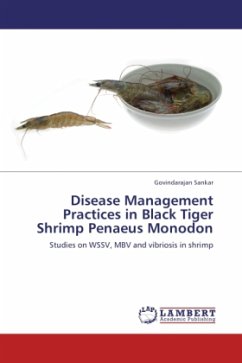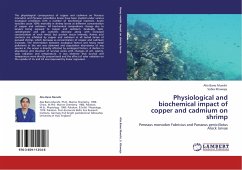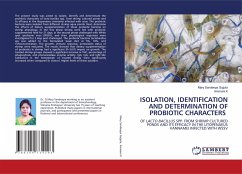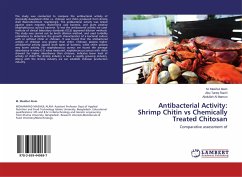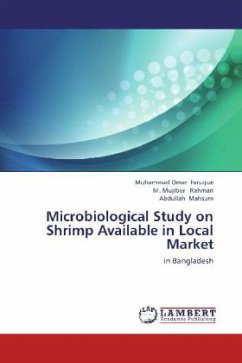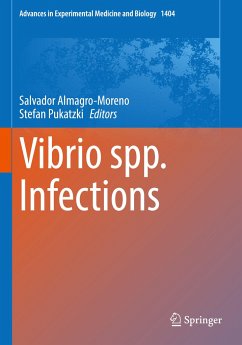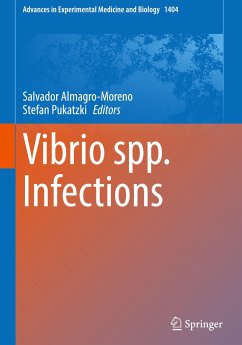
Treatment of Vibriosis in Black Tiger Shrimp
Versandkostenfrei!
Versandfertig in 6-10 Tagen
24,99 €
inkl. MwSt.

PAYBACK Punkte
12 °P sammeln!
The use of antibiotics has revolutionized the treatment of various bacterial infections. However, their indiscriminate use has led to an alarming increase in antibiotic resistance among microorganisms; thus necessitating the need for development of novel antimicrobials. Recent years have witnessed a renewed interest in exploring natural resources for developing such compounds. The application of nanoparticle in the treatment of vibriosis in Penaeus monodon (Black Tiger Shrimp) is the novel and exciting field of research that may provide an alternative remedy for the prevention of disease. In t...
The use of antibiotics has revolutionized the treatment of various bacterial infections. However, their indiscriminate use has led to an alarming increase in antibiotic resistance among microorganisms; thus necessitating the need for development of novel antimicrobials. Recent years have witnessed a renewed interest in exploring natural resources for developing such compounds. The application of nanoparticle in the treatment of vibriosis in Penaeus monodon (Black Tiger Shrimp) is the novel and exciting field of research that may provide an alternative remedy for the prevention of disease. In the present work an attempt was made to synthesize silver nanoparticles from a coastal plant Prosopis chilensis. The nanoparticles produced were tested against pathogenic microbes both in vivo & in vitro. The efficiency of silver particles as antimicrobial agent against pathogenic Vibrio species revealed the application of silver nanoparticles as an alternative strategy for controlling vibriosis in the culture of P. monodon.



